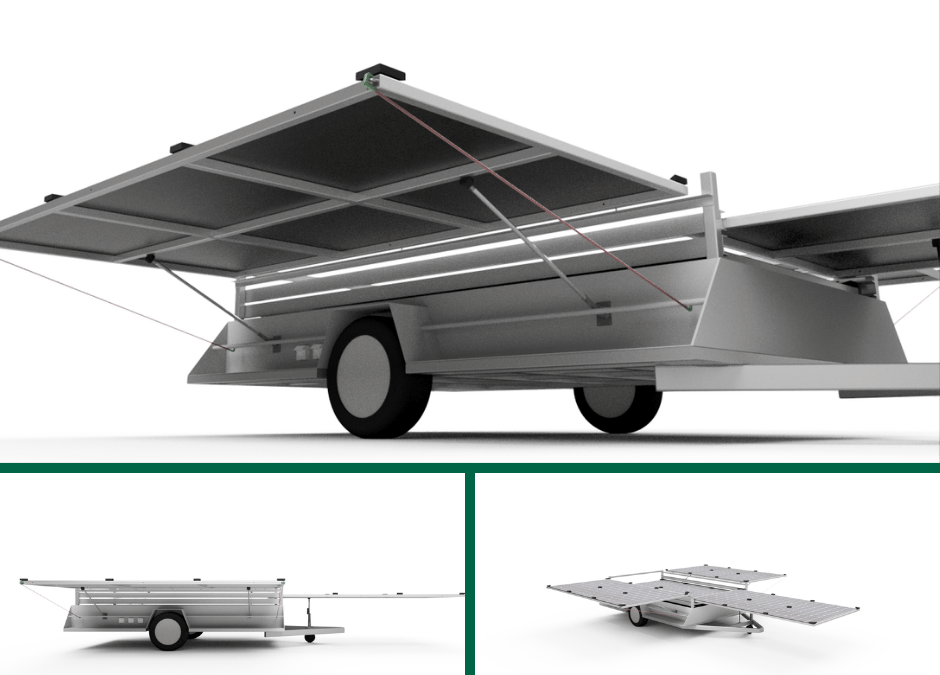Currently, many Indigenous communities are only able to access reliable energy on Country through the use of petrol and diesel generators – which can be costly to run and maintain – or through fixed renewable energy systems that are prohibitively expensive.
In 2020 EWB Australia’s Engineering On Country program initiated a technology development project in partnership with the Centre for Appropriate Technology (CfAT) and CfAT Enterprise Workshop to develop a portable renewable energy system.
This exciting project originated in 2019 when EWB and CfAT initiated a participatory scoping process with communities in Cape York for the ‘EWB Challenge’ program for University students. Through that process, a range of projects were identified to better enable these communities to thrive on Country.
The portable renewable energy system project aims to increase access to energy for Indigenous communities where they need it, when they want it.
Sustainable and reliable access to energy will increase the ability to access to important services on Country, which in turn will increase communities’ ability to spend time on Country.
The project is currently in its initial design stage, with some interesting design challenges encountered thus far:
- Designing a solar mounting system that can support more than 20 m2 of solar panels and be retrofitted to a standard 8ft x 5ft size box trailer.
- Designing a mechanism that will allow the solar panels to be securely set up in less than 15 minutes by two people.
- Ensuring the mechanical and electrical components will survive the harsh conditions of being driven on corrugated and pot-holed outback roads for 100’s of kilometres.
- Thinking through how to make the system water and dustproof when it is in transport and installed without compromising useability or access for maintenance.
- How we can maintain the core functionality of a trailer whilst housing a solar system at the same time.
- Creating a user interface that can communicate how the system is performing at a distance and at night.
From here, we are really excited to work in collaboration with CfAT and CATFab to refine the initial concept design and develop the first prototype for field testing.
This program is supported by the generous contribution of donors. You can support this program too.
Pictured: conceptual design


